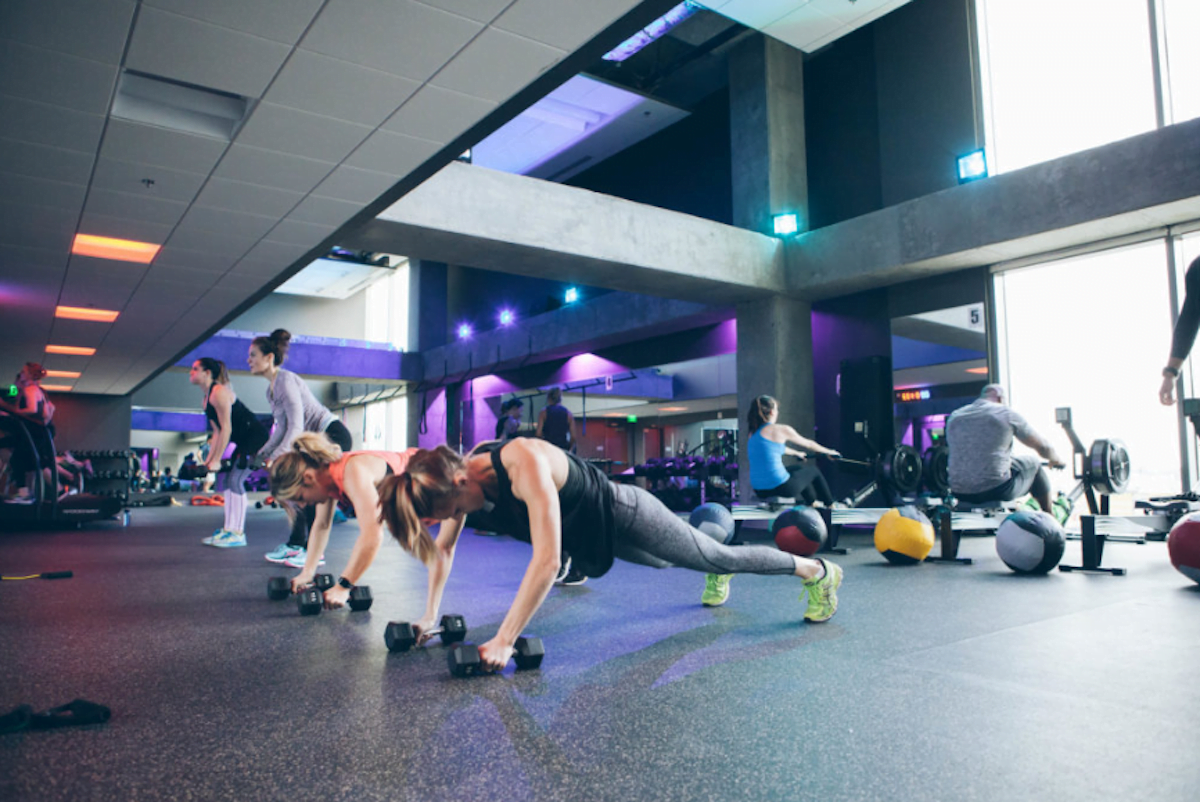How the Boutique Fitness Market was Created
The boutique fitness studio story started during the early decades of the 20th century when beauty industry powerhouses Elizabeth Arden and Helena Rubinstien. By introducing the transformative power of exercise along with their skin care and cosmetics offerings, they sold women on
a concept that their physical appearance was in their control. However, beyond dancing, light running, and calisthenics, most American adults weren’t regularly incorporating exercise in their daily routines.
In 1960, the first major breakthrough that allowed boutique fitness routines to begin shaping American lifestyles was the advent of standalone studios that gave women the opportunity to gather and exercise together. These studios were greatly influenced by Lotte Berk’s barre workout and paved the way for women like Judi Sheppard and Jane Fonda to build their
fitness empires in the 80’s.
Today’s Boutique Fitness Market
The next major shift in the fitness market was the genesis of mammoth and fast-growing fitness companies that built their brands around culture and community experience. These brands, like OrangeTheory, 9Round, and Pure Barre, offer a more holistic and personalized experience, and have made boutique fitness a staple in American households. Companies like ClassPass, Peerfit, and GymPass have capitalized on this as well and help to expand the market to make boutique fitness studios more accessible to the general population.
In looking at the trajectory of this booming market, the next big shift coming to the boutique fitness industry is on-demand fitness. Companies like Peloton, Nike Training Club, Aaptiv, BeachBody, and Les Mills have made fitness accessible in households, at work, and on the road via mobile devices. According to
Outside, Peloton streams about a dozen live classes a day, contributing to over 8,500 videos available through the program. The article also notes there are over 113,000 bikes in the United States alone, with each live class bringing in roughly 1,500 riders.
The Shift to On-Demand and Workplace Wellness
With the unprecedented accessibility of on-demand workouts, it’s clear to see that this is where the fitness market is headed. This accessibility, paired with the fact that the average American works 34 hours per week, adds a new and innovative way which employers can get behind the next major shift in the fitness industry.
A growing number of companies offer
traditional gym reimbursement and benefits for attendance, and while a number of motivated employees take advantage, giving employees access to on-demand workouts has let both employees and the fitness businesses win.
Companies like Eli Lilly, Cummins, Johnson & Johnson, and NCR Corporation have began recognizing employee preferences for the boutique studio experience and are starting to transition to a more accessible option for fitness. On-site fitness and wellness programs are offered by some, while others have enrolled in networks that allow employees access to a wide range of gyms, sports facilities, specialty studios and more.
With workplace wellness programs adding up to an
$8 billion industry and 80% of large U.S employers offering some sort of program, it makes sense that employers should begin tapping into the booming fitness market, whether offered on-demand, through a gym, or on-site.
Looking Ahead
As found in Katherine Baicker’s
study on workplace wellness, “worksites offering a wellness program had an 8.3 percentage point higher rate of employees who reported engaging in regular exercise”. If employers tapped into the on-demand boutique fitness market to provide their employers accessible fitness classes, how would that number change?
From beauty gurus showing women they could transform themselves with more than just a makeup brush in the 1920’s, to brand experience-based fitness franchises popping up on every corner in the 2000’s, fitness has become more and more a cornerstone of the American lifestyle.
As for health and wellbeing in the workplace though, with new technology allowing people to access engaging and personalized workouts in the comfort of their home or office, the question is not if employers will begin offering their employees fitness and wellness options, it’s when that will become the new standard.



